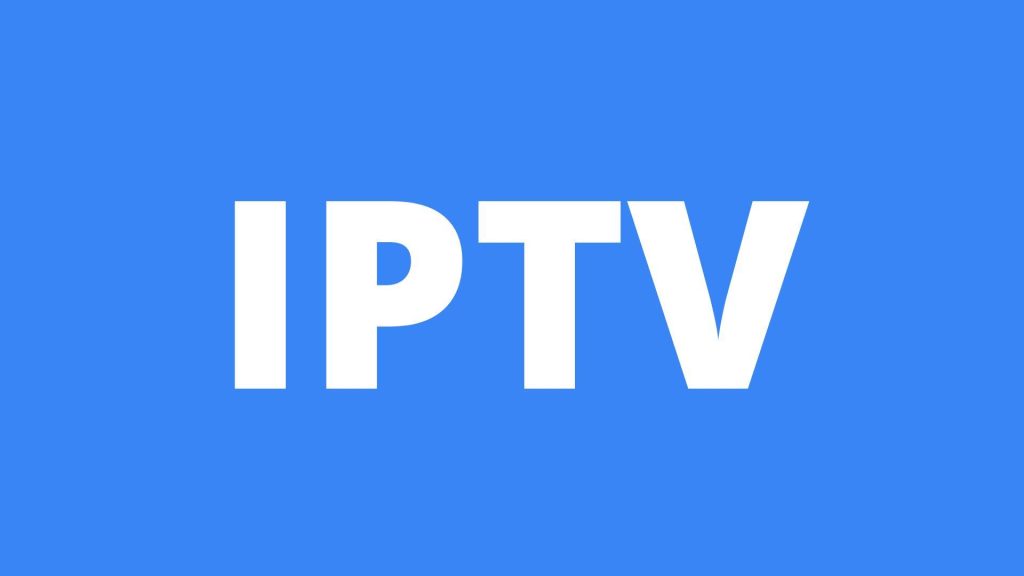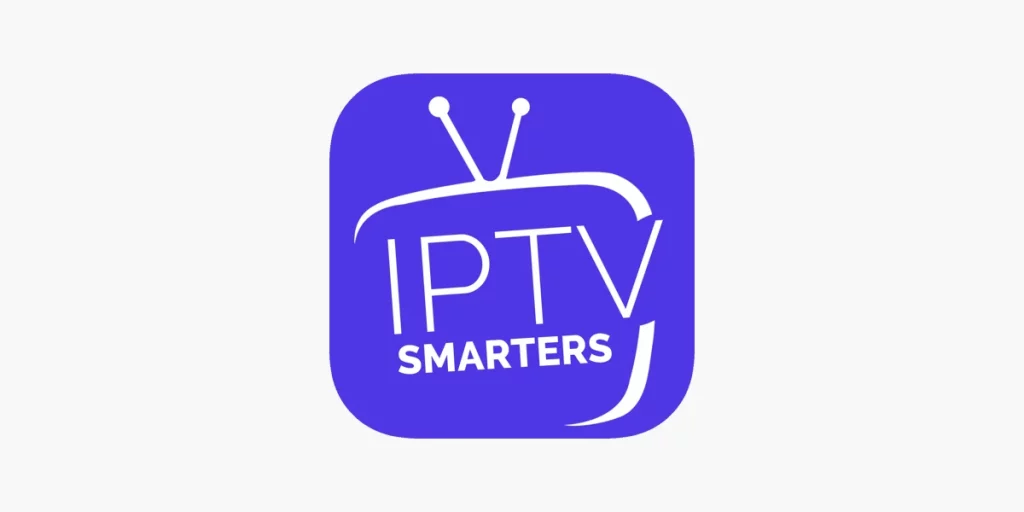Introduction to IPTV Keeps Lagging
Brief overview of common IPTV lagging issues
When experiencing IPTV Keeps Lagging, it can be a frustrating issue for viewers. The Administration team often conducts tests on the servers and may shuffle channels to improve performance. This is done to address one of the common problems faced by IPTV users – buffering or freezing during streaming. The buffering occurs when the content being delivered to your device is slower than the playback speed, resulting in pauses and interruptions in the video stream.
Explanation of the importance of a smooth streaming experience
A smooth streaming experience is crucial for IPTV users as it ensures uninterrupted viewing pleasure. When channels freeze or buffer frequently, it hampers the overall entertainment experience and can lead to dissatisfaction among customers. The factors that contribute to buffering or IPTV freezing include the internet speed, server performance, and network connectivity. Among these, internet speed plays a significant role in determining the quality of the streaming experience. If the internet speed is low, the channels will take longer to load, leading to increased buffering times. When customers report buffering issues, the first step is to check the internet connectivity speed to identify any potential problems.
Method 1: Set up or restart your WIFI
Identifying why is my IPTV lagging due to Wi-Fi interference or network congestion
When experiencing buffering, freezing, or stuttering while using IPTV services, it is essential to consider the status of your Wi-Fi connection. Significant Wi-Fi interference or network congestion can lead to these issues. Users may observe IPTV lagging when multiple devices are connected to the same network, or when the Wi-Fi signal is weak due to physical obstructions or distance from the router. Identifying these common causes can help in resolving the problem effectively.
Steps to mitigate buffering, freezing, or stuttering issues
To address IPTV Keeps Lagging, buffer, and freezing problems, users can take several steps to optimize their Wi-Fi setup. One effective method is to set up or restart your Wi-Fi network. By restarting the router, users can eliminate temporary glitches or conflicts that may be affecting the connection quality. Additionally, ensuring that the router is placed in a central location and away from obstructions can improve signal strength and reduce interference.
Moreover, users can try adjusting the channel settings on their router to avoid overlapping with neighboring networks, which can cause congestion. Setting up a separate network specifically for IPTV streaming can also help in prioritizing traffic and reducing interruptions. Furthermore, upgrading to a high-speed internet plan or investing in a Wi-Fi extender can enhance the overall performance of the network.
By following these steps and addressing potential Wi-Fi issues, users can effectively reduce IPTV lagging WIFI and enhance their streaming experience.

Method 2: Switch to 5GHz signal
Advantages of using the 5GHz signal for IPTV streaming
Using the 5GHz signal for IPTV streaming offers several advantages that can help improve the overall viewing experience. The 5GHz band provides faster data transmission speeds compared to the 2.4GHz band, resulting in smoother and more reliable streaming. By switching to the 5GHz signal, users can reduce interference from other devices operating on the 2.4GHz band, leading to less congestion and better network performance. Additionally, the 5GHz band offers more available channels, which can further enhance connection stability and reduce the likelihood of buffering or freezing issues.
Popular posts
- IPTV in the US: A Closer Look at the Cutting-Edge Technology
- How to become an IPTV provider US: Start your Business
- StaticIPTV Reviews: The Real Deal | StaticIPTV.us
- Best IPTV Service Providers in the USA
- IPTV in the USA: The Ultimate Game-Changer for Television
- Exploring the Benefits of Static IPTV: A Comprehensive Overview
- IPTV in the US: Redefining the Streaming Experience | StaticIPTV
Guidance on transferring connection from 2.4GHz to 5GHz
To switch from the 2.4GHz signal to the 5GHz signal for IPTV streaming, users need to access their router’s settings and locate the wireless network configuration options. Within these settings, users should look for the dual-band or 5GHz network option and enable it. Once the 5GHz network is enabled, devices capable of connecting to this higher frequency band will automatically switch over, providing a more robust and efficient connection for IPTV streaming. It is important to note that some older devices may not support the 5GHz band, so users should ensure that their devices are compatible before making the switch.
By transitioning to the 5GHz signal, users can take advantage of faster speeds, reduced interference, and improved network performance for their IPTV streaming needs. This simple adjustment can help eliminate buffering, freezing, and stuttering issues, providing a more enjoyable viewing experience for users.
Method 3: Pause downloads or updates
Impact of ongoing downloads or software updates on IPTV performance
When downloading large files or updating software on the same network used for IPTV streaming, users may experience a degradation in streaming quality. This can lead to buffering, freezing, or stuttering during live TV viewing. The bandwidth consumed by ongoing downloads or updates can compete with the bandwidth required for smooth IPTV streaming, resulting in a subpar viewing experience.
Instructions on pausing or stopping such processes for smoother streaming
To ensure a seamless IPTV experience, users can prioritize their streaming by pausing or stopping any ongoing downloads or software updates. By temporarily suspending large data transfers, the available bandwidth can be dedicated to the IPTV service, reducing the likelihood of buffering issues. Users can access their device’s download manager or update settings to pause or cancel any active downloads or updates.
Additionally, scheduling downloads or updates during off-peak viewing hours can help minimize disruption to the IPTV streaming experience. By managing bandwidth usage effectively, users can enjoy uninterrupted live TV broadcasts without encountering buffering, freezing, or stuttering. Prioritizing IPTV streaming over other data-intensive activities can optimize the network performance for a more reliable and enjoyable viewing experience.
Method 4: Change wireless channel
Explanation of how changing the wireless channel can improve IPTV connectivity
Changing the wireless channel on your router can help enhance the connectivity and performance of your IPTV service. Wireless networks operate on different channels within the 2.4 GHz and 5 GHz frequency bands. By switching to a less crowded or interference-free channel, you can reduce the chances of signal interference and improve the quality of your IPTV streaming experience. This adjustment can lead to a more stable connection and fewer instances of buffering or freezing during playback.
Steps to adjust the wireless channel settings on your router
1. Access your router’s settings: Open a web browser on a device connected to your Wi-Fi network and enter your router’s IP address in the address bar. Log in using your administrator credentials.
2. Locate the wireless settings: Look for the wireless or Wi-Fi settings tab in your router’s dashboard. You may find the channel settings under the wireless configuration or advanced options.
3. Select a new channel: Depending on your router model, you may have the option to choose a specific wireless channel or allow the router to automatically select the best channel. Experiment with different channels to find the one with the least interference.
4. Save the changes: Once you have selected a new channel, save the settings and allow the router to apply the changes. Your devices will automatically reconnect to the Wi-Fi network using the updated channel.
By adjusting the wireless channel settings on your router, you can optimize the performance of your IPTV streaming service and enjoy a more seamless viewing experience. This simple tweak can help reduce lag, buffering, and freezing issues, ensuring that you can watch your favorite content without interruptions.

Method 5: Disconnect inessential devices
Effects of multiple devices on Wi-Fi network congestion during IPTV streaming
When numerous devices are simultaneously connected to a Wi-Fi network while streaming IPTV content, the shared bandwidth can become congested. This congestion can lead to buffering, freezing, or stuttering issues during IPTV playback, impacting the overall streaming quality.
Guidance on disconnecting unnecessary devices for a better streaming experience
To improve the streaming experience, it is advisable to disconnect any unnecessary devices that are currently linked to the Wi-Fi network. By reducing the number of devices competing for bandwidth, the available resources can be more efficiently distributed to support smooth IPTV streaming. Users can identify and disconnect devices that are not essential for streaming purposes, such as smartphones, tablets, or computers that are not actively being used for viewing content.
By prioritizing the IPTV streaming device and minimizing the demand on the network, users can enhance the quality of their viewing experience. Ensuring that only relevant devices are connected to the Wi-Fi network during IPTV playback can help alleviate congestion issues and reduce the likelihood of buffering or freezing interruptions. Prioritizing network resources towards IPTV streaming can result in a more stable and enjoyable viewing session for users.
Conclusion
Recap of the 6 effective ways to overcome IPTV lag issues
Addressing IPTV buffering issues requires users to consider various factors that can impact their streaming experience. By implementing the following solutions, users can enhance their IPTV viewing sessions:
1. Optimizing internet speed through router placement and signal strength improvements.
2. Utilizing wired connections for stable data transfer during IPTV streaming.
3. Choosing quality IPTV service providers for reliable content delivery.
4. Clearing cache and temporary files on streaming devices.
5. Disconnecting unnecessary devices to reduce network congestion.
6. Ensuring firmware and software updates are regularly performed for smooth IPTV playback.
Encouragement for implementing the suggested solutions for uninterrupted viewing
Taking proactive steps to address IPTV buffering and freezing issues can significantly improve the streaming experience. By checking internet connections, optimizing network resources, and following the recommended tips, users can enjoy uninterrupted viewing of their favorite content. Implementing these solutions not only enhances the quality of streaming but also provides a more enjoyable and seamless IPTV experience. Remember, a stable internet connection and streamlined network setup are key factors in eliminating buffering interruptions and ensuring a smooth IPTV streaming experience for entertainment.
FAQs
Answers to common questions related to fixing IPTV lagging problems
When faced with buffering or freezing issues in IPTV streaming, users often wonder about the causes and solutions. One common question is about the impact of multiple devices on network congestion during streaming. By understanding how shared bandwidth can affect the quality of IPTV playback, users can take steps to optimize their network resources for a smoother streaming experience.
Recent Posts
- Buy IPTV USA: Best IPTV Subscription Deals | StaticIPTV.us
- IPTV No Buffering: Best Lag-Free IPTV Providers | StaticIPTV.us
- IPTV Free Trial: Test the Best IPTV Services Now | StaticIPTV.us
- Best IPTV in USA: Top-Rated Streaming Options | StaticIPTV.us
- IPTV Service USA: Best IPTV Providers Compared | StaticIPTV.us
- Best IPTV Subscriptions for Live TV & On-Demand | StaticIPTV.us
- Top IPTV Provider: Best Streaming Services for 2025 | StaticIPTV.us
Additional troubleshooting tips for resolving IPTV buffering and freezing
Apart from disconnecting unnecessary devices to reduce network congestion, there are other troubleshooting tips available. Users can consider checking their internet connection speed, ensuring their router is properly configured for IPTV streaming, and opting for a reliable IPTV service provider with good server performance. By addressing these factors, users can enhance their IPTV viewing experience and minimize buffering or freezing interruptions.
Resources
Links to helpful tools and resources for optimizing IPTV streaming performance
When faced with buffering or freezing issues in IPTV streaming, it is crucial to explore solutions that can enhance the viewing experience. By leveraging various tools and resources, users can troubleshoot and optimize their IPTV service for smoother playback. Here are some helpful links to assist users in resolving IPTV lagging problems:
1. Speed Test Tools: Websites like Ookla Speedtest or Fast.com can help users check their internet connection speed to ensure it meets the requirements for uninterrupted IPTV streaming.
2. Router Configuration Guides: Online resources providing step-by-step instructions on configuring routers for optimal IPTV performance can be beneficial in improving streaming quality.
3. IPTV Forums and Communities: Engaging with online forums or communities dedicated to IPTV users can provide valuable insights, tips, and solutions shared by experienced users facing similar buffering issues.
References for further reading on improving IPTV connectivity
For users seeking in-depth knowledge and insights into enhancing IPTV connectivity and resolving buffering problems, referring to additional resources is essential. Here are some references for further reading on improving IPTV streaming performance:
1. IPTV Service Provider Websites: Visiting the official websites of IPTV service providers can offer specific guidance on troubleshooting buffering and freezing issues, along with tips for optimizing the viewing experience.
2. Tech Blogs and Articles: Exploring tech blogs and articles that focus on IPTV technology and connectivity can provide users with comprehensive information on common problems and effective solutions.
3. User Manuals and FAQs: Reviewing user manuals and FAQs provided by IPTV service providers can help users understand the technical aspects of IPTV streaming and troubleshoot issues effectively.
By utilizing these resources and references, users can acquire the necessary knowledge and guidance to address buffering and freezing problems in their IPTV service effectively. Optimizing network resources and configuration settings can significantly enhance the overall viewing experience.